It was “born” in 2019 when its creator, Agility Robotics, first introduced it as a highly-capable robot with legs and arms, suited for both indoor and outdoor use. Now Digit is available for purchase and ready to take over your tedious duties.
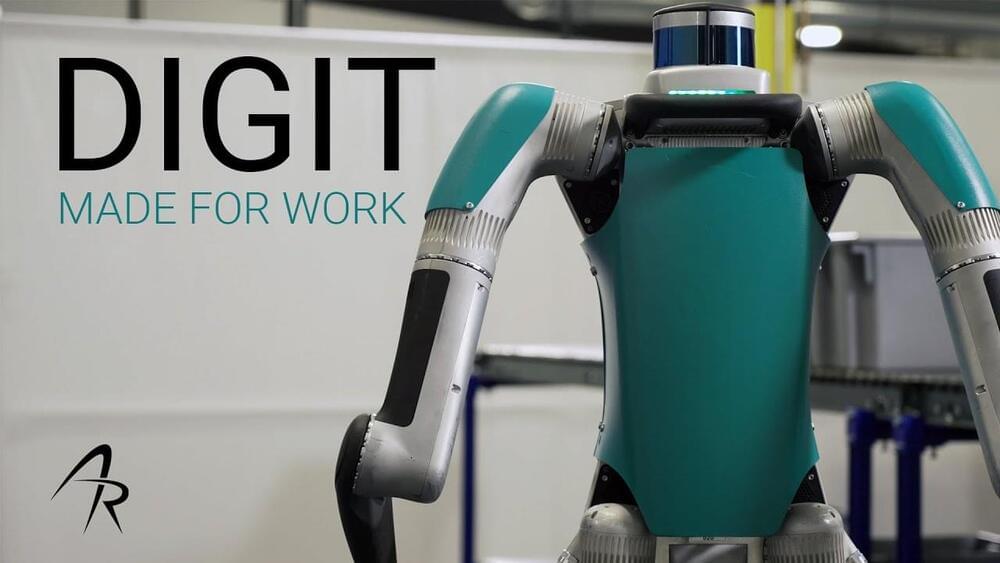

It was “born” in 2019 when its creator, Agility Robotics, first introduced it as a highly-capable robot with legs and arms, suited for both indoor and outdoor use. Now Digit is available for purchase and ready to take over your tedious duties.
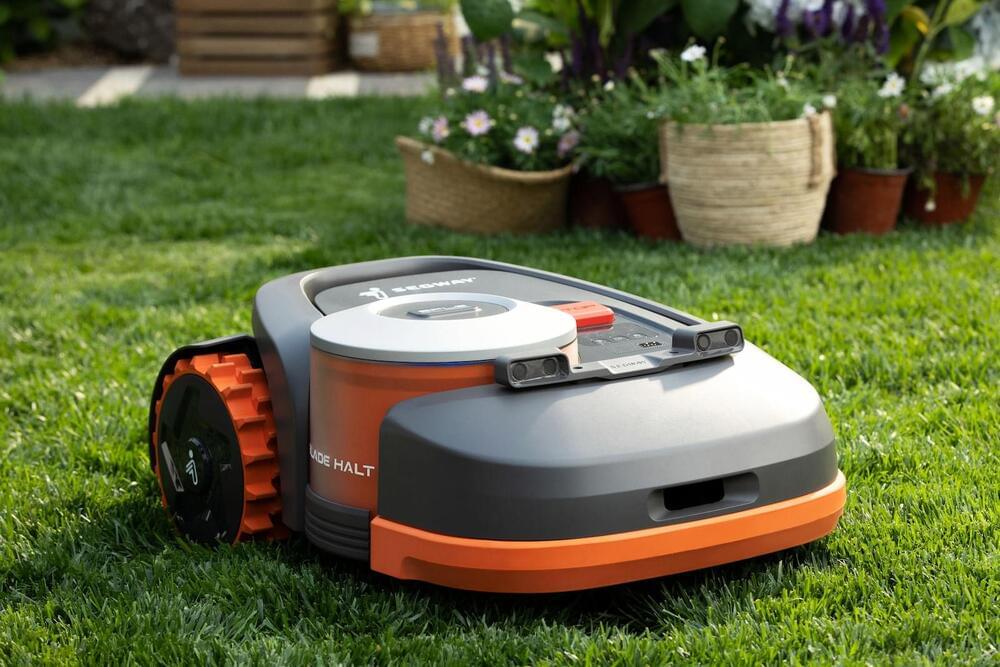
There’s no need to install a perimeter wire with the Navimow.
Is moving into the robot mower market with the Navimow. What sets this model apart from many others is that you don’t need to install a boundary wire. Instead, Navimow uses GPS and other sensors to stay within the perimeter of your lawn.
A so-called Exact Fusion Locating System can maintain Navimow’s position accurate to within two centimeters, according to Segway. If the GPS signal ever dips, the company says the device’s array of sensors and data ensure it will still work. You can tell Navimow where to mow, define the boundaries and instruct it to avoid certain parts of your garden via an app. Segway claims Navimow uses an algorithm to figure out a mowing path so it doesn’t have to criss-cross.
Segway says Navimow operates relatively quietly at 54 dB. There are offset blades to trim edges and corners, while the mower gradually cuts grass from above to reach the height you want (between three and six centimeters). The mower can handle 45-degree inclines and it has an IPX6 water resistance rating, according to Segway.
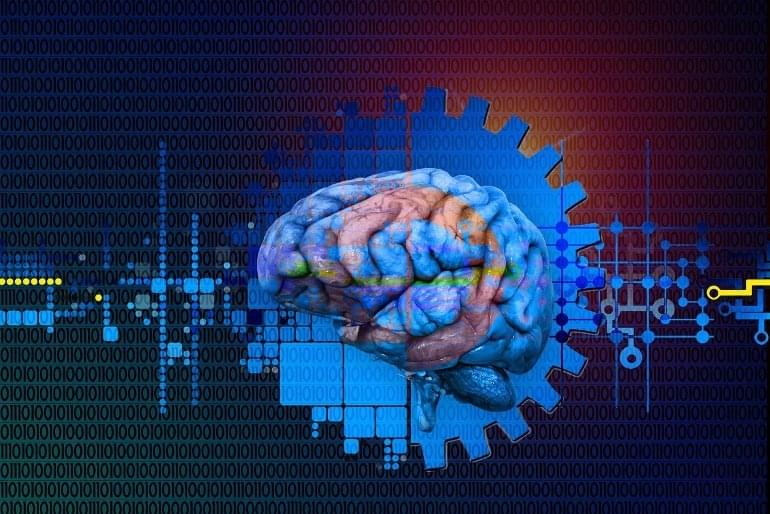
Summary: A new AI algorithm can predict the onset of Alzheimer’s disease with an accuracy of over 99% by analyzing fMRI brain scans.
Source: Kaunas University of Technology.
Researchers from Kaunas University, Lithuania developed a deep learning-based method that can predict the possible onset of Alzheimer’s disease from brain images with an accuracy of over 99 percent. The method was developed while analyzing functional MRI images obtained from 138 subjects and performed better in terms of accuracy, sensitivity, and specificity than previously developed methods.



University of Houston researchers are reporting a breakthrough in the field of materials science and engineering with the development of an electrochemical actuator that uses specialized organic semiconductor nanotubes (OSNTs).
Currently in the early stages of development, the actuator will become a key part of research contributing to the future of robotic, bioelectronic and biomedical science.
“Electrochemical devices that transform electrical energy to mechanical energy have potential use in numerous applications, ranging from soft robotics and micropumps to autofocus microlenses and bioelectronics,” said Mohammad Reza Abidian, associate professor of biomedical engineering in the UH Cullen College of Engineering. He’s the corresponding author of the article “Organic Semiconductor Nanotubes for Electrochemical Devices,” published in the journal Advanced Functional Materials, which details the discovery.
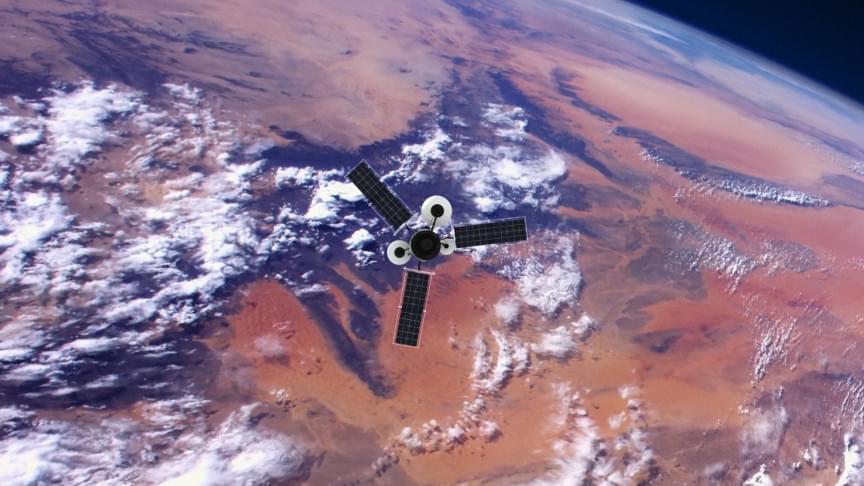
Because now more than ever we need to know the weather.
NASA is working on a new machine learning software that could revolutionize our understanding of weather patterns.

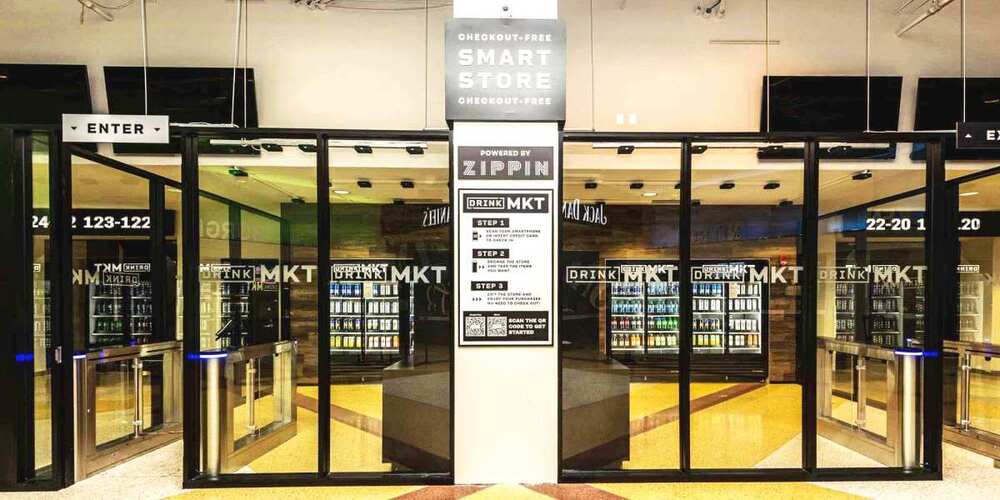
The cashierless technology shift continues apace with today’s news that Zippin has raised $30 million in a series B round of funding. The San Francisco-based company is one of several players in the space to gain traction for a technology that seeks to not only make supermarket queues obsolete, but also generate big data insights for retailers.
Founded in 2,018 Zippin leverages AI, cameras, and smart shelf sensors to enable shoppers to place items in their cart and walk out without waiting. The company opened its first checkout-free store in San Francisco back in 2018, and it has since entered into partnerships with the likes of Aramark, Sberbank, and the Sacramento Kings’ Golden 1 Center to power cashierless stores globally.
Zippin had previously raised around $15 million, and with another $30 million from SAP, Maven Ventures, Evolv Ventures, and OurCrowd, the company is well-financed to capitalize on the retail industry’s continued push toward automation-powered efficiency. The company said its ultimate goal is to retrofit stores with the required technology inside a day, with minimal downtime for retailers.

On AImikan’s channel 0 the YouTuber explains the goal is challenging whether it’s possible to recreate manga anime characters with machine learning.
“Since it will be reproduced by machine learning, there will be ‘characters that are not quite similar,’” wrote On AImikan, asking viewers to be forgiving about certain aspects.